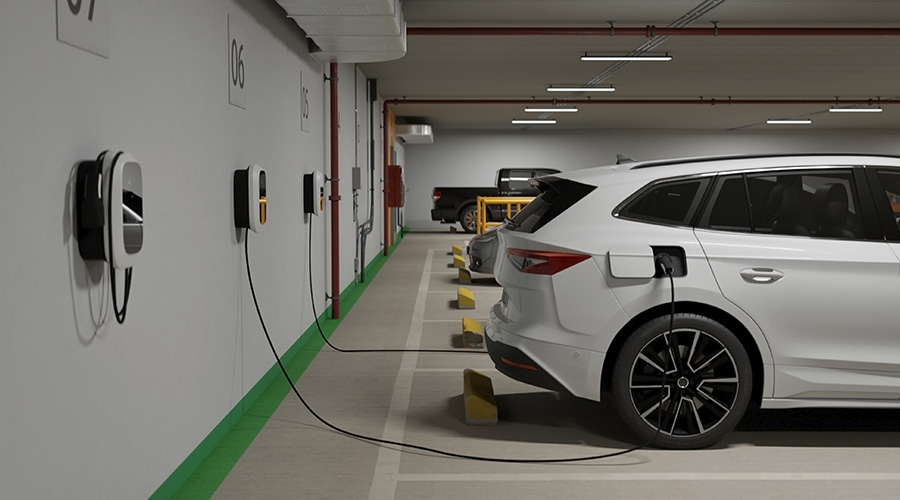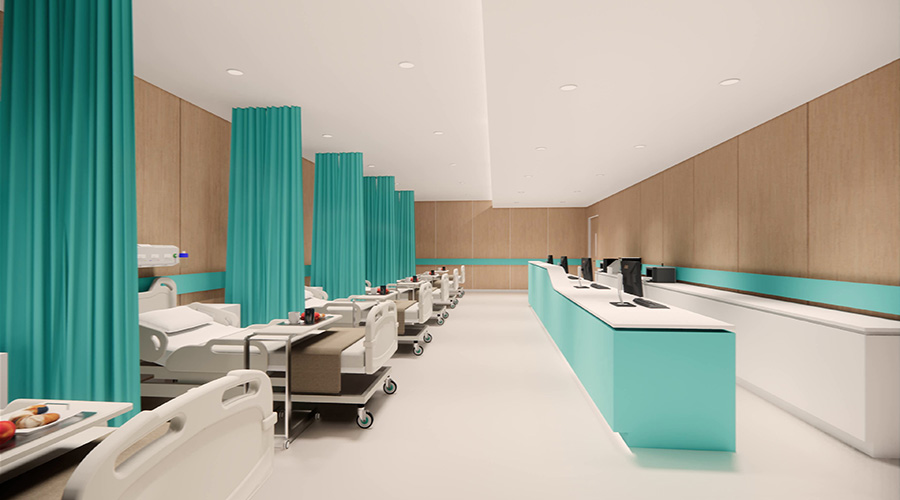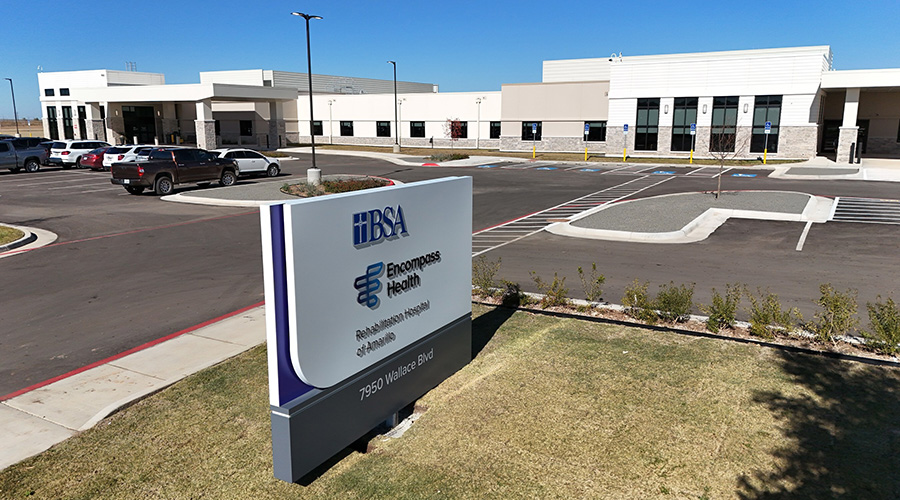In recent years, the Healthcare market segment has weathered the impacts of not one, but two cataclysmic events: the ‘Great Recession’ and the implementation of the Affordable Care Act (ACA). The ACA is now the law of the land and healthcare executives are coming to grips with a changing delivery strategy. The recession is over and while unemployment remains marginally high, overall financial markets are improving and liquidity is no longer a major problem.
HEALTHCARE CONSTRUCTION
It is clear that healthcare organizations have a pent-up demand for capital improvements or new construction, in particular out-patient based facilities. Several industry sources, including FMI Consulting are forecasting a growth of up to 6% in healthcare construction in 2015 (compared to 2% in 2014) and even stronger growth in 2016. This is bolstered by data from the American Institute of Architects (AIA) with their annual billings index. Design fees are usually a leading indicator of future construction projects. 2014 actual monthly billings increased from a low of $48M in March to a healthy $55.2M by August. With this projected increase in activity, one question begins to emerge: “How does one properly anticipate escalation impacts on the cost of a future project?”
Those that were engaged in construction activities in the early 2000s were subject to rapidly rising construction costs. Based on R.S. Means historical data, from 2004 – 2008, escalation occurred at an average rate of 6.5% per year (versus the 20 year average of 3.5%). However, since the great recession, escalation has seen much smaller rates of growth. Again citing R.S. Means, from 2009 – 2013 escalation only increased at an average rate of 2.2%. Given the projected construction spending growth, many experts are now anticipating escalation growth at 3.5% for 2015, and hinting at even higher rates for 2016. What this means is that a project built today may be significantly less expensive than the exact same building completed two years from now.
PROJECT COSTS AND THE UNDAUNTED APPROACH
Before we tackle the specific issue of escalation, let’s first make sure we establish the proper context. Assume for the moment, you are the executive of a healthcare organization and you are moving forward with a new capital project. The strategy is sound and your business plan is solid. A master plan is neatly bound and sitting on your desk. And now, you have visions of programming, design and ribbon cuttings. The perfect site has fallen into your lap at just the right asking price. And then you begin to ask yourself: “How much is this plan going to cost and can I afford it?”
Preparing a complete and well thought out capital project budget may seem like a daunting task. However, taken in pieces and updated along the way, your financial plan will come together the same way construction plans do. To begin, your first questions should revolve around what you can afford as opposed to what things will cost. These are two distinct questions - if you can afford $100M but are only willing to spend $50M – then your budget is the lesser amount. Determining what you can afford is the job of the CFO and an organization’s key financial advisors. Balance sheets must be studied, rating agencies must be consulted and the overall financial health of the organization must be understood as well as projected out over the life of the project and beyond. Having completed a thorough analysis, the senior financial team can advise the chief executive on their findings and recommendations. It is at this point that an organization should settle on how much you are willing to spend and thus you will define your overall budget.
The first project cost estimate with any real detail is likely to come with your master plan. Master planning involves looking at various options, typically combining the best of those and finalizing a plan. Cost estimates can and should be developed for each option and for the resulting approved plan. At this point, your master plan cost estimate will be very conceptual. These estimates do not attempt to account for whether you want terrazzo or VCT (vinyl composition tile) flooring. They do account for whether you are building big buildings or small ones; clinical or office spaces; developed sites or green fields with no existing utilities or road network. Even at this conceptual stage, however, the one budget constant remains – construction is the single biggest component of a capital project cost and construction cost is highly correlated with gross square footage. Managing size is vital to controlling the overall cost. If early plans correctly capture the size of the project then you are in a good position to develop a comprehensive cost estimate and a detailed budget. There are numerous experienced advisors who can assist with construction cost estimating even at the conceptual level.
ESCALATION
One thing you will probably note, as you review your initial cost estimate is this large ‘place-holder’ called Escalation. Escalation, at its simplest, is the increase in the cost of performing construction work resulting from performing the work in a later period of time and at a cost higher than originally anticipated in the initial estimate. Escalation is market based and is therefore affected by local, national and international trends. Raw material shortages, labor unrest, increase in demand and natural disasters can all have a dramatic impact on future pricing. In short, escalation within the construct of a cost estimate is a ‘hedge’ against future volatility.
In order to better address the handling of the escalation risk, one must first gain a deeper insight as to the drivers. As noted above, escalation has averaged a rate of 3.5% per annum over the previous 20 years. Utilizing this information, many will simply use this single point of data and make an educated ‘guess’ as to future increases. However today there are many more resources available that taking a more granular approach to escalation can reap significant benefits for the project. For example, if you just looked at the Consumer Price Index (CPI) and the Bureau of Labor Statistics (BLS) Construction Employment Data, you could make the following adjustments relative to escalation.
A basic understanding that for any significant construction project, you can expect a 65% / 35% split for labor versus material costs. Given that each of these categories escalates at different rates, and has different forces at work, shouldn’t it also hold true that your project team should calculate escalation accordingly? In the example above, if materials were escalated at 2% (which corresponds to the Consumer Price Index) for inflation, and labor was escalated at 3% (anticipating a tighter labor market as unemployment drops), you would notice a decrease in the overall escalation value.
Additionally, at the macro-economic level, several other forces are at work. From the record lows of the NYSE average in the fall of 2009, the stock market has recovered and grown to records highs (18,000+). This is an indicator of strong equity growth which fuels increased construction, maintaining stability in the construction market. Concurrently, we have also seen growth in the NYMEX relative to commodities pricing after a 10 year period of stagnancy.
So are we ripe for significant spikes in escalation? Unfortunately, no one has the perfect answer. In the absence of possessing a crystal ball, what we can do is educate ourselves, plan carefully and strategize methodologies to not only manage escalation, but potentially mitigate its deleterious effects.
PROJECT DELIVERY METHODS
In the traditional CM at Risk delivery utilizing a Guaranteed Maximum Price (GMP) approach, the construction manager holds the risk for future cost increases. Their estimate will usually look something like the previous example shown. Escalation represents nearly 7% of the total estimated construction costs in this illustration. As the design progresses typically you see a reduction in the escalation value as the direct building costs increase. Intuitively that makes sense, a more current estimate has assumed any market based pricing increases and escalation is drawn down to cover. But what hasn’t changed is the overall total cost. It is in fact, a zero sum game. Once you ‘buy’ the escalation figure, you should assume that it will be consumed. Unlike contingency, which has to be accounted for, escalation just magically is absorbed. And typically, there is little to no justification or documentation supporting this move.
Whether or not you elect to implement an Integrated Project Delivery (IPD) methodology, you can still adopt several of the ‘best practices’ such as Target Value Design (TVD). TVD begins with an established and agreed upon Allowable Cost (i.e. how much can you afford to spend). The Project team then establishes ‘Target Costs’ for the various components and systems below the Allowable Cost.
TVD places the construction manager, trade partner sub-contractors, designers, engineers and the owner in one component team for each major building system (e.g. MEP systems). The component team is actually building the design based on value, cost, schedule and constructability. All of the knowledge from the owner’s standards to code requirements to design intent are known and openly vetted against the component team’s target. As decisions are reached, the design model is updated and the cost is continuously estimated. Relative to escalation, this means that a weekly cost model is generated taking into account all of the influencing market factors.
Should any cost item, for example copper piping, increase in cost, the component team must find an offset somewhere else within their design sphere. So in this example, copper piping has increased in price due to a shut-down of a major copper mine in South America. The component team is forecasting an impact of $400K as a result. The team must figure out a way to absorb this impact in order to stay on target. One solution may be to switch from brazed connections to pro-press fittings reducing labor costs. Regardless of the solution, as the owner, you are not just allowing the use of these escalation dollars to be arbitrarily utilized.
If you create a collaborative team environment in which all parties are on-board with helping you achieve success, there is no limit to the innovative solutions that may arise. In addition to and in conjunction with TVD, sourcing solutions may also be of benefit. Using your Group Purchasing Organization (GPO) contract, or other third-party solutions, your project team may present an opportunity to buy-out certain components earlier in the process, even prior to construction start, to avoid future price spikes. Your project team should present a fully detailed proposal outlining the risk and all associated costs with an early buy-out plan as such a move could impact initial cash-flow assumptions. Your organization’s GPO or other sourcing provider may also be able to negotiate price locks for early order committals. This solution may avoid the cash-flow constraints of an early buy-out and the cost of warehousing while also guaranteeing a stable price for commodities over the life of your project.
CONCLUSION
Like any major endeavor in life, a new capital facility project entails a certain amount of risk. The key in managing risk is to openly put the issue on the table and engage in thoughtful and meaningful discussions about how best to mitigate the risk. In a market sector projecting strong growth, you can bet that escalation will become a significantly larger percentage of your overall project cost. And in reality, escalation is nothing more than any other risk exposure you will face. Hedging too much in the beginning may kill the project; hedging too little could put you over budget. Prudence demands that you respect the risk, but with the right team in place and a mindset towards innovation, you are poised to effectively manage your escalation risk.
David Stokes is the director of project management at CBRE Healthcare.
Read the article with full graphics.

 EV Charging Stations: Planning for Safety, Convenience, Expansion
EV Charging Stations: Planning for Safety, Convenience, Expansion Why Ambulatory Surgery Centers Are Turning to Dedicated HVAC Systems
Why Ambulatory Surgery Centers Are Turning to Dedicated HVAC Systems Ground Broken on UW Health University Row Medical Center
Ground Broken on UW Health University Row Medical Center Better, More Thorough Cleaning Saves Lives
Better, More Thorough Cleaning Saves Lives Encompass Health Opens the Rehabilitation Hospital of Amarillo
Encompass Health Opens the Rehabilitation Hospital of Amarillo